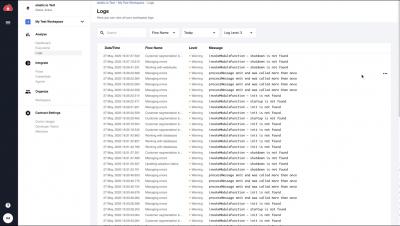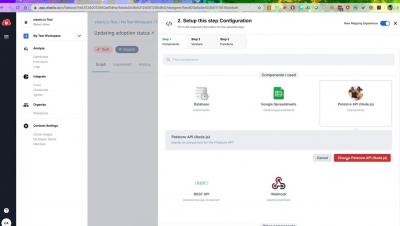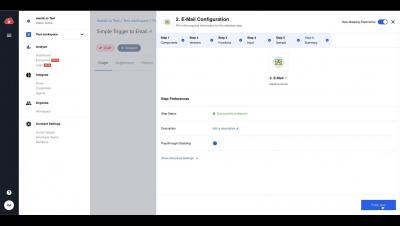How to work with webhooks
As always, we start with giving our flow a meaningful name. Now let’s add a webhook. There are four authentication options for a webhook on our platform, just visit our documentation to learn more about it, but to keep it short and simple,








